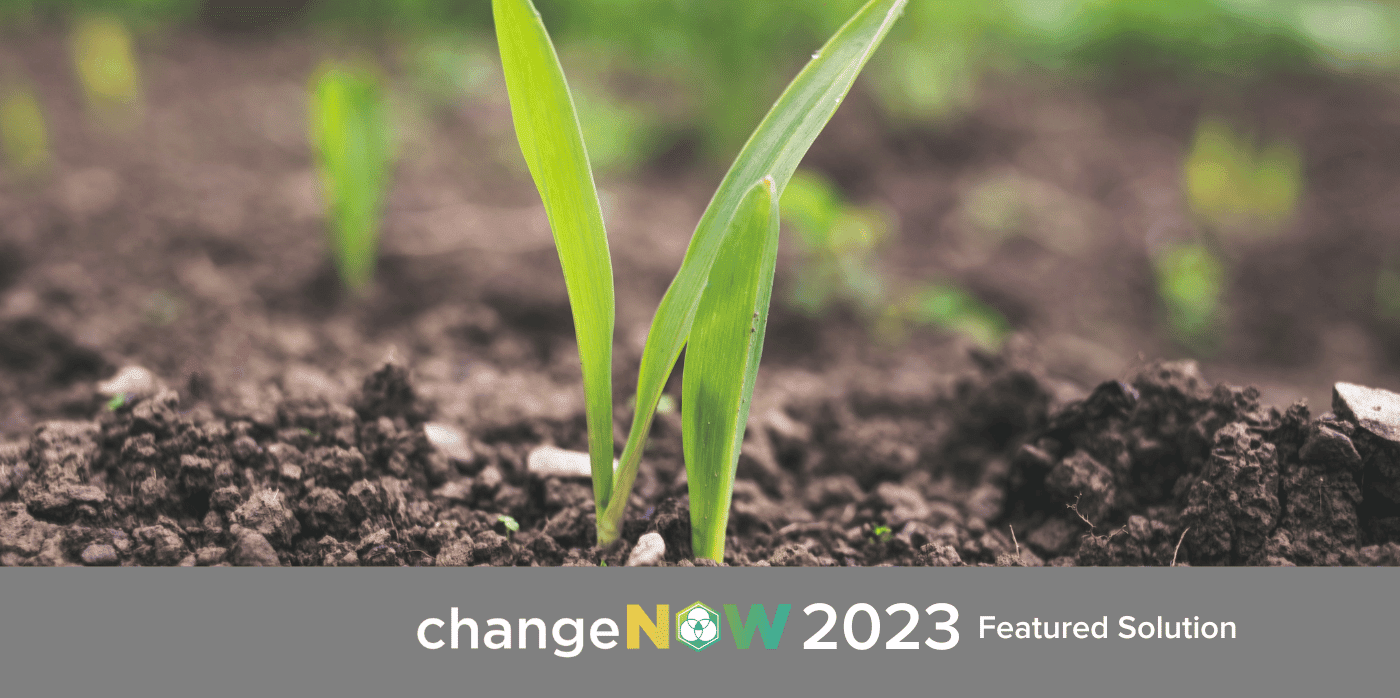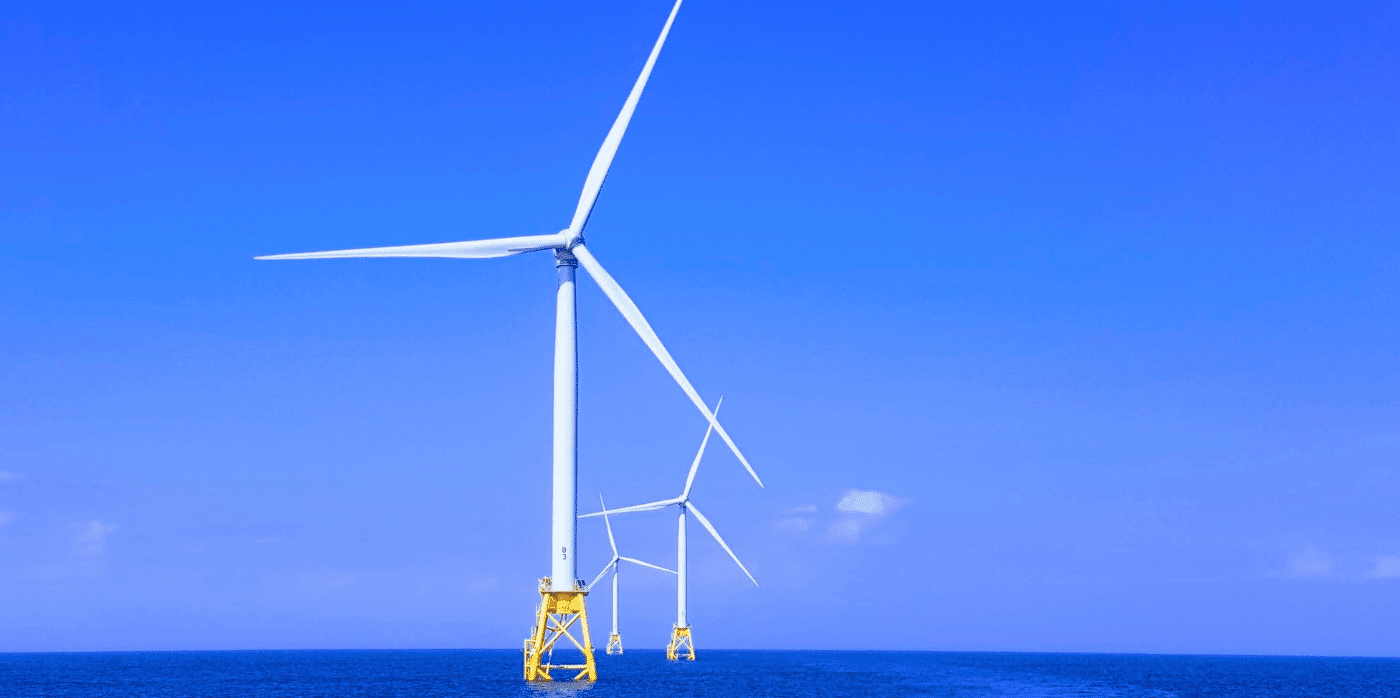Restoring the strength of soils using natural elements

Spotted: After decades of the intensification of farming, and the ensuing harm it has caused to environments, growers and policy makers are beginning to more seriously consider regenerative farming as the means of achieving a carbon-neutral future. Regenerative agriculture focuses on soil health and a circular agricultural economy, where resources are used in harmony with the natural environment. And, the World Economic Forum (WEF) estimates that farming regeneratively on 40 per cent of the world’s cropland would save around 600 million tonnes of emissions.
The challenge is the slow pace of change. Regenerative agriculture must scale more quickly in order to cover 40 per cent of global cropland by 2030. Changing soil health can take years, so French agrobiotechnology company Gaïago has created a suite of products designed to help growers make faster improvements to their land.
Using organic elements that plants already use, such as hydrogen, proteins, and fungi, Gaïago’s products encourage the fertility of the soil and therefore the growing environment of crops. Nutrigeo is a soil prebiotic that stimulates the growth of humidifying fungi. Two different probiotics provide additional nitrogen to the roots, and a foliar prebiotic, Stimulus, supports plants in resisting environmental stressors.
And for the plants themselves, Gaïago created Vitam’in, a prebiotic for seeds that boosts general vigour at germination to help maximise full genetic growth. Improvements in the fertility of soil can be seen in as little as six months, and when integrated into a regenerative style of farming, will have long term environmental health and biodiversity benefits.
Other ways in which Springwise is spotting agriculture creating more healthful growing environments include plant patches that monitor stress and eco-friendly insect treatments that do not harm pollinators.
Written By: Keely Khoury


